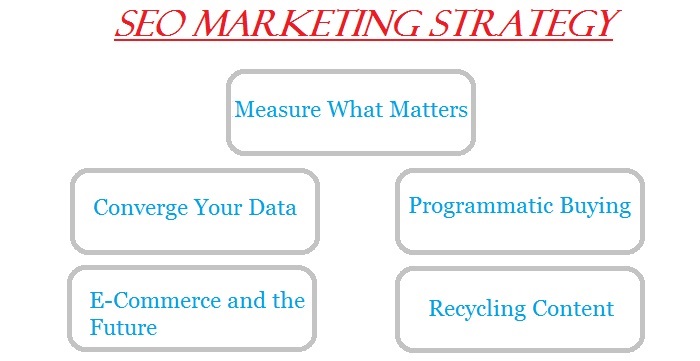Images can be an integral part of any website or blog, providing visual interest and context. However, images can also be a source of irritation for users if they are not properly optimized for the web.
With that in mind, here are 10 tips on how to optimize images in WordPress for better SEO.
1. Use descriptive filenames:
When you save an image, be sure to give it a filename that is descriptive and includes keywords that relate to your content.
2. Choose the right file format:
The two most common image file formats are JPEG and PNG. JPEGs are best suited for photos, while PNGs are better for images with text or line art.
3. Compress your images:
Large image files can slow down your website, so it’s important to optimize them for the web. You can do this by compressing your images before you upload them to your website.
4. Use a content delivery network (CDN):
A CDN can help improve the loading time of your website by caching your images and serving them from a server that is closer to the user’s location.
5. Add alt text:
Alt text is text that is used to describe an image, and it is important for both accessibility and SEO. When adding images to your posts or pages, be sure to add alt text that accurately describes the image.
6. Use captions:
Captions are another way to provide context for an image, and they can also help improve your SEO. When adding images to your posts or pages, be sure to include a caption that accurately describes the image.
7. Create an image sitemap:
An image sitemap is a special type of XML sitemap that is used to index images on your website. Image sitemaps can help Google discover images that are not otherwise accessible, and they can also help improve your SEO.
8. Use schema markup:
Schema markup is code that is used to provide additional information about an image. By adding schema markup to your images, you can provide Google with more information about the content of your website.
9. Optimize your thumbnails:
Thumbnails are small versions of images that are used on your website. If your thumbnails are not properly optimized, they can slow down your website. To optimize your thumbnails, be sure to use the correct file format and compress them before you upload them to your website.
10. Use a plugin:
There are many plugins that can help you optimize images in WordPress. Some of the most popular plugins include WP Smush, EWWW Image Optimizer, and Imageoptim.
Following these tips will help you ensure that your images are properly optimized for the web, which can improve your SEO and user experience.
Images are an important part of any website. Not only do they help make your site more visually appealing, but they can also play a role in your site’s search engine optimization (SEO).
When it comes to SEO, there are a few things you want to keep in mind when it comes to images: file size, file name, and Alt text.
File Size:
The file size of your images is important for two reasons: first, large files can slow down your website; and second, search engines consider page load time when ranking a site. So, you want to make sure your images are as small as possible without sacrificing quality.
There are a few ways to optimize your images for faster loading times:
- Use a tool like Photoshop or GIMP to save your images in the “save for web” format. This will reduce the file size without reducing the quality of the image.
- Use an image compression plugin. These plugins will automatically optimize your image as you upload them to your website. Two popular options are WP Smush and EWWW Image Optimizer.
File Name:
The file name of your image is important for SEO purposes. You want to make sure your file names are descriptive and include keywords that you’re targeting.
For example, if you have an image of a black cat, you don’t want to just call it “cat.jpg.” A better file name would be “black-cat.jpg” or “black-cat-sleeping.jpg.”
Alt-Text:
Alt-text is the text that appears in place of an image if the image can’t be displayed for some reason. It’s also used by search engines to help them understand what an image is about.
You want to make sure your alt text is descriptive and includes keywords that you’re targeting. For example, the alt text for the “black-cat.jpg” image could be “black cat sleeping on a bed.”
Conclusion:
Images are an important part of any website, and they can also play a role in your site’s search engine optimization (SEO). When it comes to SEO, there are a few things you want to keep in mind: file size, file name, and Alt text. Use these tips to make sure your images are helping your site’s SEO.

